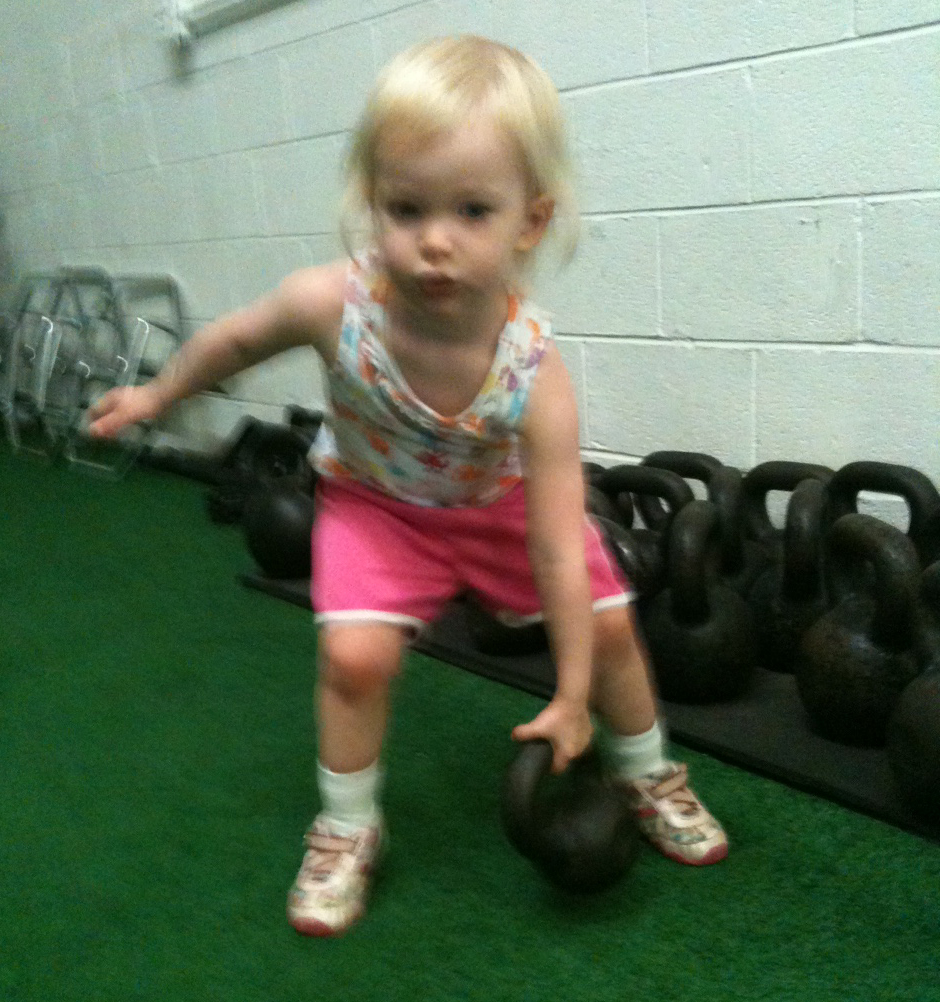I hope everyone fared hurricane Sandy safely! We"re so thankful that worst of it bypassed the DC area!! Thoughts and prayers go out to those in NY and NJ which seemed to have brunt of Sandy"s fury poured out upon them!
Secondly, a GINORMOUS congratulations to the following SAPT ladies who made the all-district volleyball teams:
1st team- Caitlyn, Eliza and Hannah
2nd team - Kenzie
Honorable mention- Clare, Maggie and Carina
Congratulations ladies!! All your hard work in here paid off!
Anyway, onward and upward. As stated in my previous corrections post, it"s usually not the exercise that"s causing pain, it"s the execution.
Today"s topic: Lower back pain/irritation during a squat or deadlift.
From the outside eye, everything looks great: Lower back is tight and has a slight arch, the upper back is stiff, the hips are moving back like they should... but there"s a niggling pain in the lower back. What gives?
This is a perfect example. Kerry looks pretty good for the most part, but she had a little bit of a pain in her lower back as she pulled. (thankfully she told me. Lesson to trainees: coaches, though we are Jedis, we can"t always tell if you"re having a pain. Speak up!) As was the case with Kerry, more often that not, the athlete isn"t bracing the abs or is not using the glutes as much as (s)he needed.
Solution:
- "Brace your abs like Now we’re back to college student credit cards based systems, pretty much the world over. you"re about to get punched" is a standard cue I tell athletes. We incorporate bracing drills, to learn proper bracing technique, but this cue will work in a pinch if the athlete hasn"t mastered bracing yet.
- "Start squeezing your glutes/cracking the walnut BEFORE you pull off the ground." (alternately, in a squat, I tell the athlete to "spread the floor with their feet" on the way down and the way up) This cue usually makes the athlete more aware of their glutes and helps them think about using them more. By activating the glutes BEFORE the pull, it acts like a primer button for a lawn mower, it gets the engine ready to work! When they glutes are doing their job well then there"s much less strain on the lower back musculature.
Again, there isn"t much visually that changed between the first and the second video, but Kerry didn"t have pain and the pull looked much more solid and confident.
So, if you have a nagging pain, brace and crack the walnut! 9 times out of 10 that will clear it all up!



